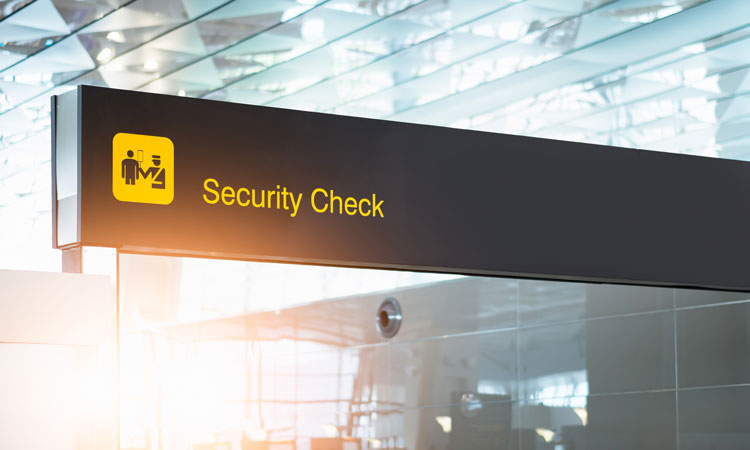ACI World publishes new Airport Security Risk Assessment Handbook
- Like
- Digg
- Del
- Tumblr
- VKontakte
- Buffer
- Love This
- Odnoklassniki
- Meneame
- Blogger
- Amazon
- Yahoo Mail
- Gmail
- AOL
- Newsvine
- HackerNews
- Evernote
- MySpace
- Mail.ru
- Viadeo
- Line
- Comments
- Yummly
- SMS
- Viber
- Telegram
- Subscribe
- Skype
- Facebook Messenger
- Kakao
- LiveJournal
- Yammer
- Edgar
- Fintel
- Mix
- Instapaper
- Copy Link
Posted: 5 November 2020 | International Airport Review | No comments yet
The new handbook promotes better understanding of how to prioritise security risks.


Airports Council International (ACI) World has published its Airport Security Risk Assessment Handbook, which it says assists airports in understanding threats, assessing associated risks and allocating resources where they are most needed.
Despite the world’s focus being on tackling COVID-19, security remains a top priority. Airports need to remain vigilant, meet security standards and be able to manage security effectively during this time of constrained resources which could include funding, staff levels and time.
ACI identified that risk assessment can often be over-complicated, with unrealistic assumptions made about potential vulnerabilities. The handbook provides a step-by-step breakdown of a risk assessment process and has been developed in response to industry requests for updated guidance.
The new handbook covers:
- Guidance on best practices and methodologies that can be applied to security risk assessment to help airports prioritise and manage risks
- A case study on insider threat and examples from airports on how risk assessments are conducted
- Global best practices and real-life experience from ACI’s member airports and experts in the field.
ACI World‘s Director General, Luis Felipe de Oliveira, said: “Our members have told us that risk assessment is as an area where more guidance and training is needed. This handbook brings together best practices and methodologies that can be applied to security risk assessment that help airports identify their top priorities.”
“As the industry grapples with the impacts and effects of the pandemic, they have not lost sight of the overriding priorities of safe operations, including security. This handbook will assist airports in ensuring secure operations even as they seek to restart and lay the foundation for a long-term recovery for COVID-19,” he continued.
The handbook includes guidance on recognising plausible threat scenarios, to assessing the likelihood and impact of an attack occurring, considering measures already in place to address the risk and possible solutions to address the concern. The handbook helps airports to tailor their own risk assessment, considering their operation and their national threat and risk picture.
“By implementing a clear, systematic process, airport management will be able to clearly identify their priorities and communicate them with all stakeholders including staff, regulators and customers,” added Luis.
The handbook includes contributions from the ACI World Security Standing Committee and ACI World Business Partners.
Related topics
COVID-19, Risk Management Solutions, Security, Terminal operations, Terrorist attacks
















